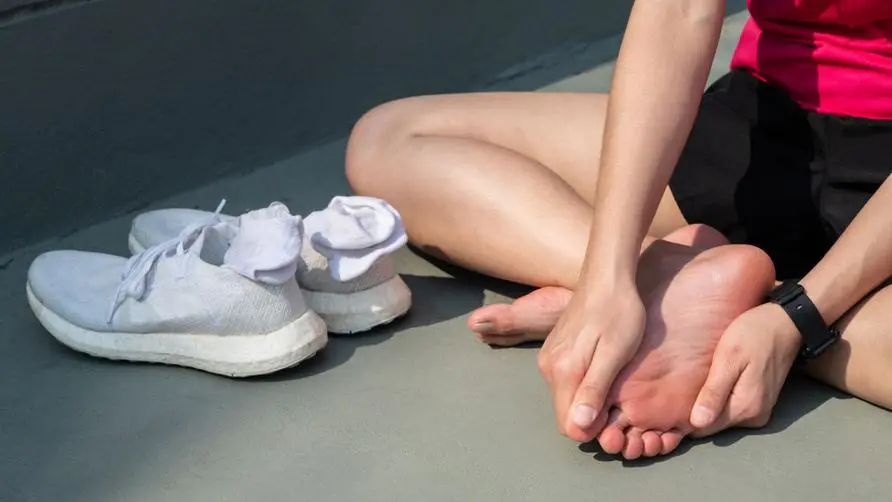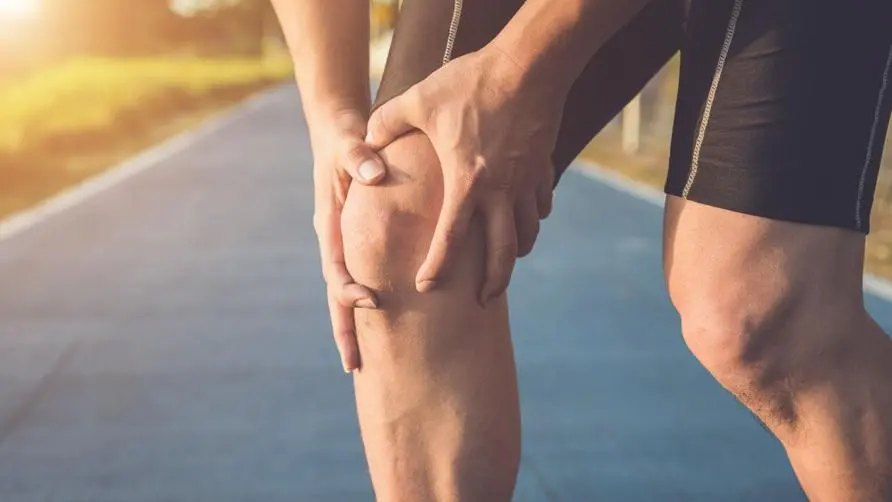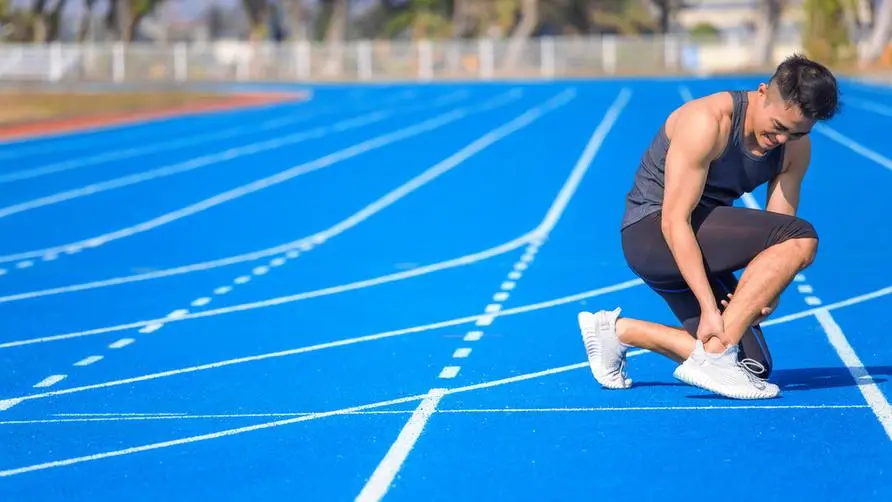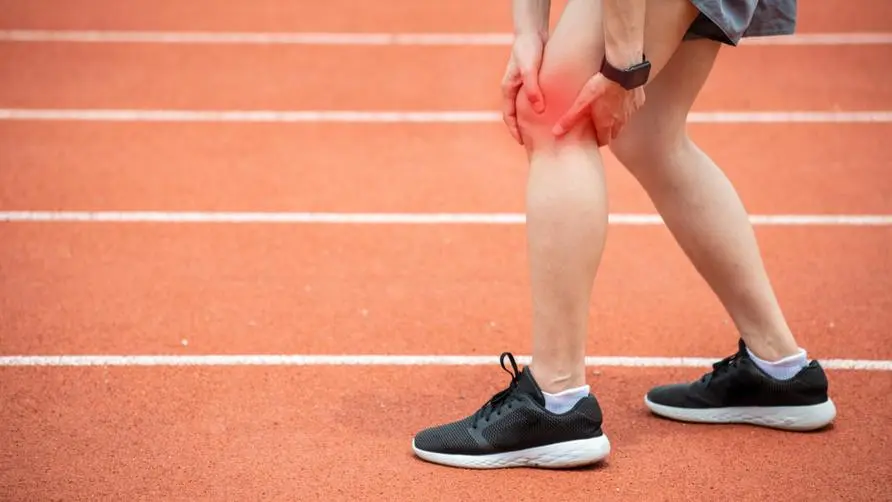Should I change insoles if I have plantar fasciitis or flat feet? Rehabilitation doctor's answer: Tailor-made treatments should be considered for the "3 conditions"
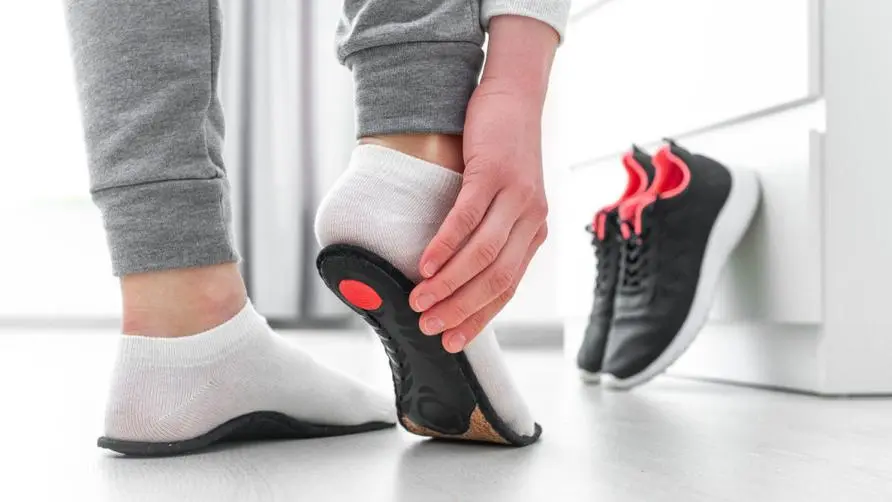
If you suffer from foot diseases, should you proactively adjust your insoles to alleviate symptoms? Dr. Li Yanyu, director of Renyi Boai Rehabilitation Clinic, pointed out in the community that a patient in the clinic had received multiple treatments such as shock waves, injections, and manual therapy, but his symptoms were still recurring. After the doctor’s evaluation, it was found that the patient’s plantar fascia was enlarged. It is obviously thick, so it is recommended to add insoles inside the shoes to get rid of it once and for all. Unexpectedly, the patient said that he had tried several types of insoles and spent a lot of money, but his condition had not improved.
Should you change insoles if you have plantar fasciitis or flat feet? Medical answer: “3 conditions” should be considered customized
Dr. Li Yanyu pointed out that different types of insoles are suitable for different groups and foot problems. Insoles can be roughly divided into three categories, namely “insoles built into shoes”, “commercially available modular insoles”, and “fully customized insoles” customized through medical institutions.
Dr. Li Yanyu explained that commercially available shoes have built-in insoles that fit most closely with the shoe body and can be tried on directly. However, they have shortcomings such as inability to fully fit the foot shape, too much or too little support, and the inability to modify or adjust the shape. Not to mention dealing with problems such as long and short feet, plantar fasciitis, and flat feet. Generally speaking, people with mild flat feet can directly purchase shoes with built-in “arch support pads”. There are many products on the market with this function.
In comparison, some brands or models of insoles on the market have modular gaskets that can be adjusted through heating and other methods, and the flexibility of modification is relatively large. However, when replacing the insoles of the original shoe with commercially available insoles, you should pay attention to whether there is enough space in the shoe. In addition, the price of high-end modular insoles is close to that of fully customized insoles, but the degree of customization of the former is often not as good. For the latter, you can ask the medical institution in advance before purchasing to understand the type of insoles that are most suitable for you.
Dr. Li Yanyu further explained that if you have more severe flat feet, or are associated with accessory scaphoids, big toe valgus, long or short feet, etc., it is recommended to have tailor-made insoles. Although the cost is relatively high, the adjustment, maintenance, and repairs after production are more flexible, and they can best take care of foot health. When taking the mold for fully customized insoles, they can completely fit the shape of the foot, with the highest degree of customization in size and thickness. The disadvantages are high unit price and long production time, and because they are thick, they need to specifically select suitable shoes to put them in.
Is the knee stuck when running? Is the patella valgus? Adjust the insole to reduce “force imbalance” in the heel
Dr. Li Yanyu added that patients with “patellar valgus” who are unable to stand up after squatting, or who experience friction and tingling sensation in front of their knees when running or walking, are mostly those with unbalanced or high arches, which can easily lead to The outer muscles are lengthened. This group recommends adjusting the insole to reduce the “force imbalance” in the heel, which may help prevent patella valgus and cause knee pain.
Dr. Li Yanyu emphasized that in order to solve the problems caused by patellar valgus, in addition to actively cooperating with doctors for treatment, it is also necessary to conduct appropriate “muscle strength training”, especially the inner and outer muscles of the quadriceps, as well as adjusting the gluteal and core muscles. Crucial. More passive ways to strengthen your muscles include wearing patellar straps, knee braces, and adjusting your running posture.
A more proactive approach is to use “squat” training to strengthen the stimulation of the vastus medialis. This part will require the guidance of a professional coach, and even be paired with sensory feedback such as ball pinch training. If the core muscles are insufficient, you need to add “clam shell pose” and “side stick pose” training, and appropriately relax the overly tight gluteal and psoas muscles to improve the source of the imbalance of patellar stress.
Dr. Li Yanyu reminds that the treatment of patellar valgus must be combined with muscle strength training. In complex cases of patellar valgus, stimulation of the gluteal muscles and core muscles may be as important as the quadriceps. It is also necessary to understand whether there are abnormal arches and myofascial tightness in order to truly solve the cause of patellar valgus, reduce pain and maintain good mobility. When you have patellar valgus symptoms such as knee jam and difficulty squatting, it is recommended to go to the rehabilitation department for medical examination as soon as possible.
Extended reading: Is the knee jam after running “patellar valgus”? Doctors reveal risk factors and symptoms: Strength training is key


